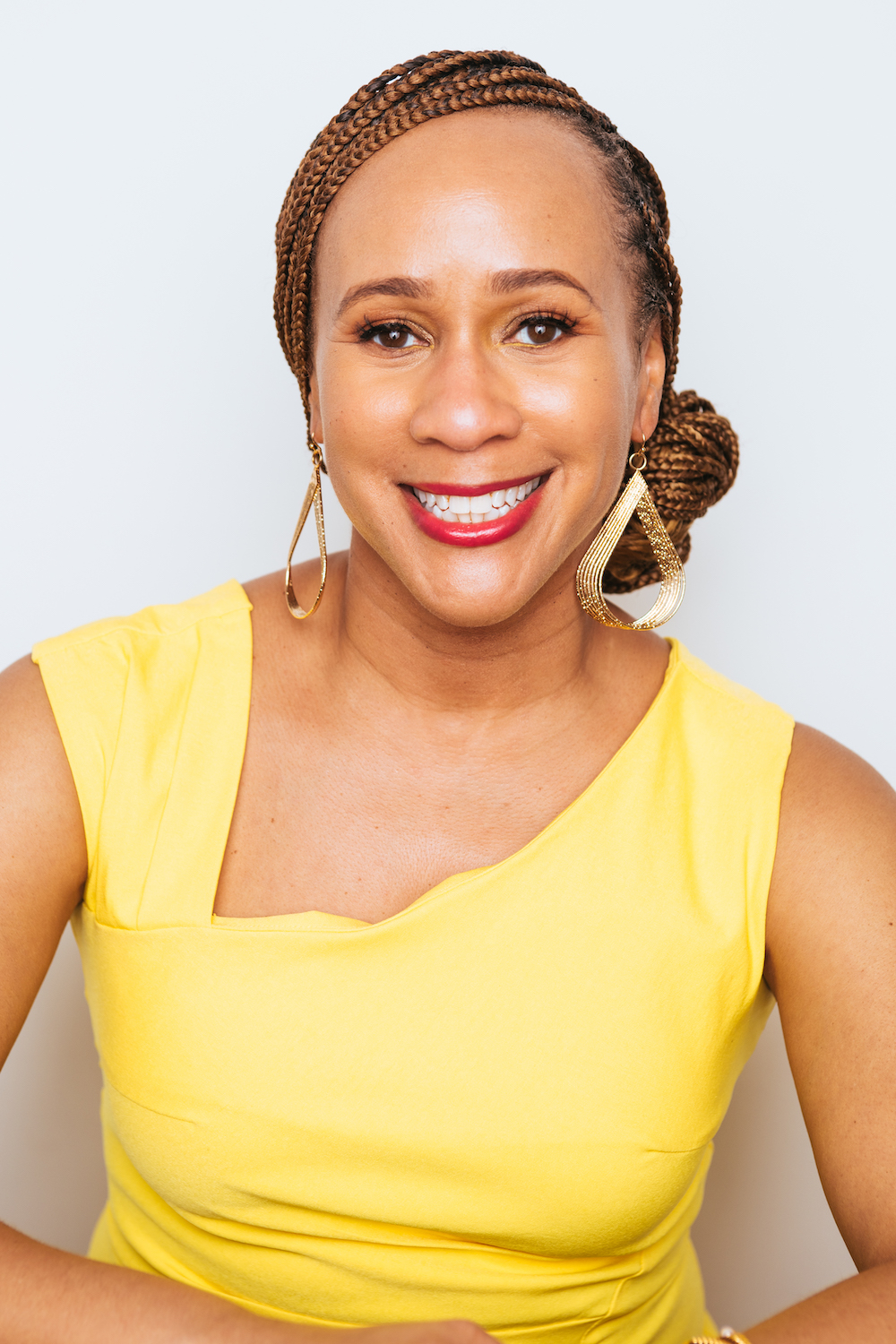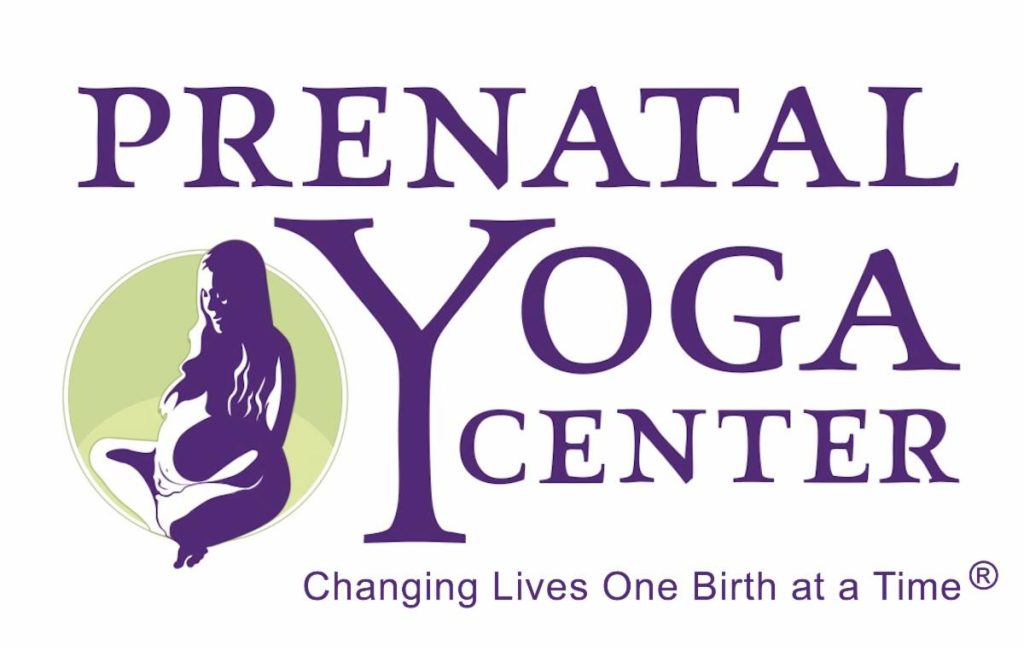Guest Blogger: Our very own, Clare Friedrich! The lovely prenatal yoga teacher who teaches at Yummy Mummy on Monday nights and ArtsCetera on Tuesday night. She is one busy mama!
I had the kind of pregnancy that most moms loathed me for. I flew through the first trimester without a glimpse of morning sickness and my skin looked brighter than ever. In the second trimester, I used my mild case of sacroiliac dysfunction as a great excuse for massage, which corrected the issue even quicker than I would have liked. I was positively glowing through weeks 20 and 25 while I studied Spanish in Buenos Aires, a country where pregnant woman are so esteemed theyÂre pushed to the front of lines at the bank and grocery store graphics indicate special queues dedicated to embarazadas, or pregnant women. I came home to New York City to wait out the final weeks of my third trimester, attending regular prenatal yoga and childbirth education classes, interviewing doulas, and slurping down every flavor of milkshake I could find in the city after my midwife seemed alarmed that I hadnÂt gained enough weight while I was in Argentina. I was never so diligent about a prescription in my life. More ice cream? Twist my arm.
My husbandÂs parents took us on a vacation to Cape Cod when I was about 33 weeks pregnant. I started experiencing itchiness all over my body, but particularly on the palms of my hands. With a history of sensitivity to sun, I ignored the symptoms until they continued days after our return. I finally went to the midwives office for a blood test where they confirmed my fears. I had Intrahepatic Cholestasis of Pregnancy (ICP), a liver disorder which occurs during pregnancy and usually in the third trimester when hormone concentrations are at their highest levels.
ICP affects the normal flow of bile which causes the itchiness and it is often worse at night (as if a pregnant gal needs one more sleep issue). As anyone who has had the condition will tell you, the itchiness is hardly the worst part. ICP poses several risks that are of great concern to the baby: itÂs associated with an increased risk of stillbirth, premature labor, fetal distress, meconium staining and maternal hemorrhaging if left untreated. For me, the panic that set it this late into an otherwise wonderful pregnancy was almost too much to bear. I had planned to deliver my baby naturally in a Birthing Center and suddenly this was all slipping away. I was prescribed Ursodeoxycholic acid and went to the hospital every few days for fetal non-stress tests. At 37 weeks and 5 days, a high-risk obstetrician met with me and recommended induction the following night. It wasnÂt an easy night, but I woke up the next morning and attempted to make the best of my last day of pregnancy. Some napping, an acupuncture appointment, and several big meals later, I was induced at 1am. The midwives decided to use Cervadil first, the hormone used to soften the cervix and which can sometimes spur on contractions without the use of Pitocin. They had told me it would take all night, and were willing to try two twelve-hour rounds before turning to Pit.
It seemed like only minutes later, I was having contractions. Turns out, I was right. The Cervadil had begun working unbelievably in twenty minutes, and six hours later my son Liam was born, completely healthy, no Pitocin, no pain medications, just as IÂd hoped. Even though the details of the labor were far from what I had envisioned, I wouldnÂt trade the birth for anything.
IÂve shared my birth story with anyone willing to hear it and can no longer count how many people have responded with stories of their own, or stories of sisters, cousins and friends who suffered from ICP. Every single one of them was diagnosed after severe itchiness. Overall, itÂs believed that only 1 to 2 pregnancies in 1000 is affected by ICP, however the number ranges considerably from country to country. South America and specifically Chile, have a reported prevalence as high as 15%. Women carrying multiples or who have had IVF treatment also appear to have a higher risk. There are some environmental and genetic predisposition links, as well as higher occurrences for women with previous liver issues. Even with high recurrence rates for subsequent pregnancies, knowing how manageable ICP is through medication, diet, and regular screenings, I know LiamÂs birth was just the beginning of an urge to scratch the itch to have children. He wonÂt be the last.
A bit about Clare:
Clare is a fairly recent transplant to New York City and just began working towards a Masters of Arts in Health Education. Practicing yoga for over a decade, Clare’s true passion was sparked while living in Mongolia as a Peace Corps volunteer. Yoga became a personal endeavor and a community event, bringing friends together for weekend asanas and pancakes. Specializing in teaching individuals with special yoga needs, Clare loves to work with students during exceptional times in their lives, including children with autism, seniors, and pregnant women. She is a certified hatha and completed her Prenatal Yoga Center teacher training in 2010. She has tested everything she thought she ever knew about the body while practicing throughout her own first pregnancy. Her son Liam was born in October, 2011 and quickly took up Mommy & Me Yoga.






